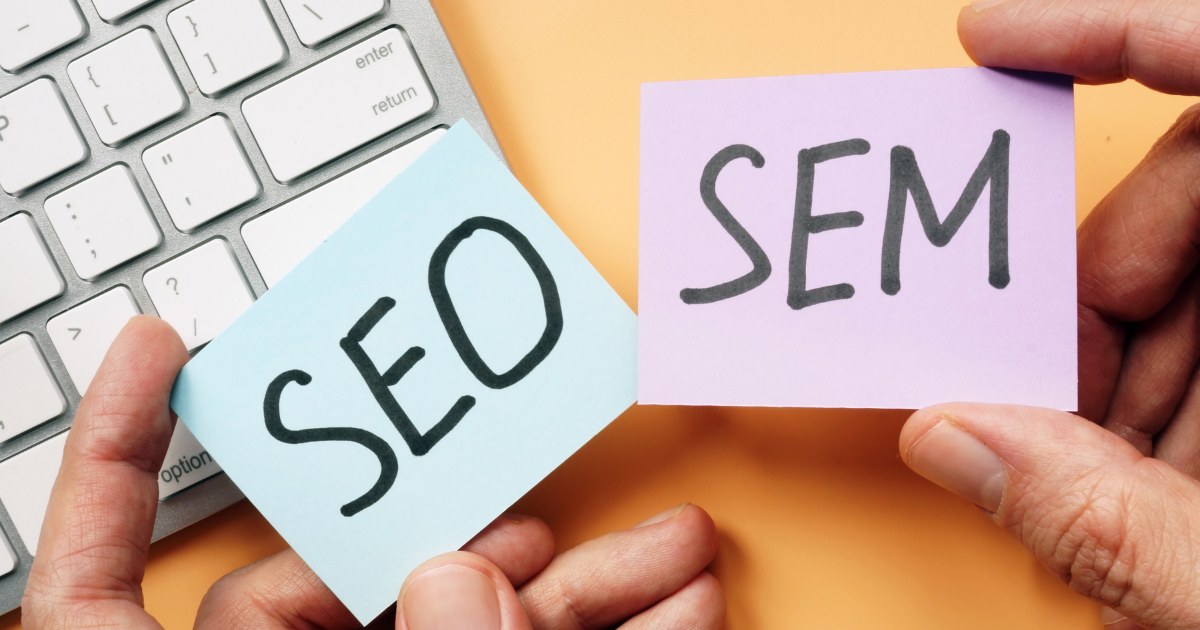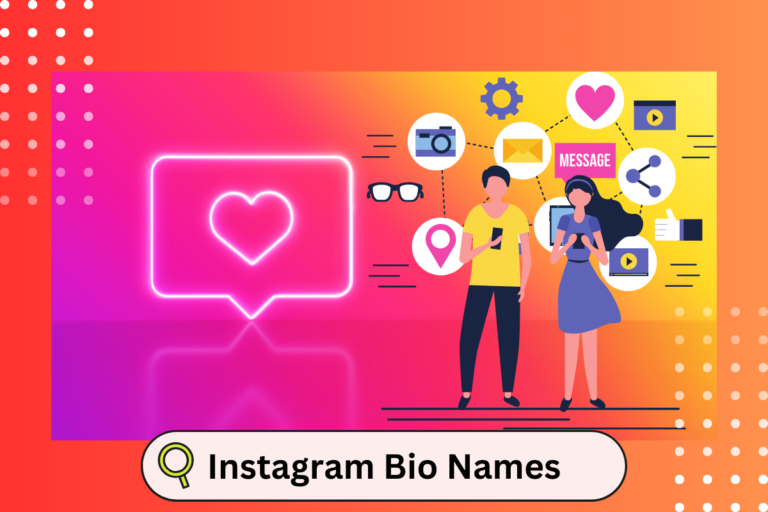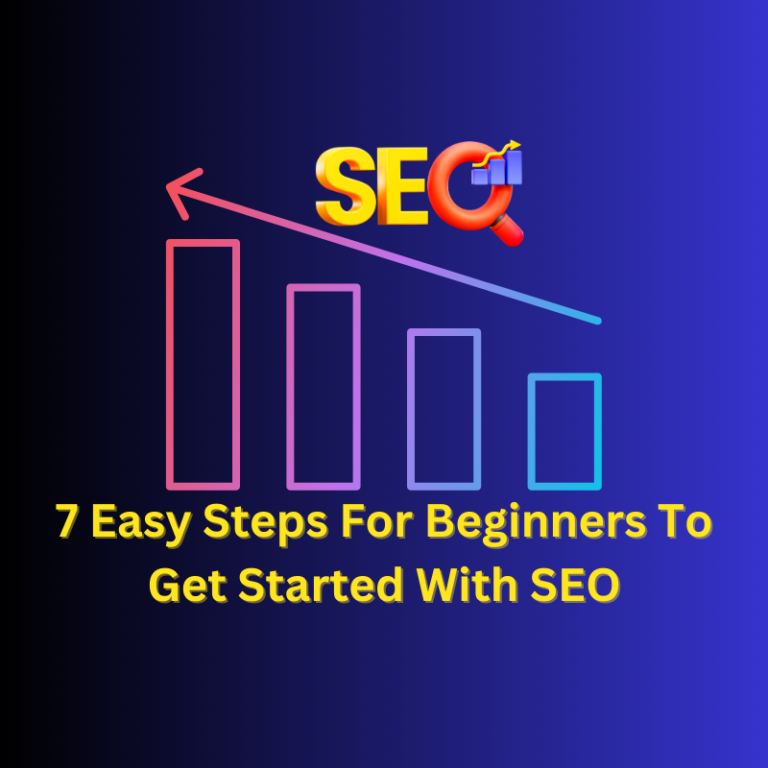Rank Up Your Business With SEO and SEM
As an online learner, it’s important to know the basics of SEO (search engine optimization) and SEM (search engine marketing). In this blog post, we’ll provide an overview of both SEO and SEM, including their differences and similarities.
These concepts can help you improve the visibility of your website and its content on search engine results pages. We’ll also discuss how you can use them to improve your online learning experience.
If you want your website to show up higher in search engine rankings, you’ve probably heard of SEO and SEM. But what do these two terms mean? And what’s the difference between them? Let’s take a look.
SEO And SEM
SEO and SEM are the two main pillars of digital marketing that can help you ensure your web pages get noticed. SEO stands for Search Engine Optimization which helps increase organic search visibility by improving a website’s ranking within search engine results.
SEM stands for Search Engine Marketing and refers to paid ads which is an effective way to draw attention to your business. Although it requires an initial investment, it can sometimes result in increased click-through rates and higher sales figures with very little effort from your end.
Make sure you know the power of both SEO and sem in order to maximize the efficiency of your overall marketing strategy.
What Is SEO?
SEO is the most effective way to help your business rank on the first page of search engine results pages (SERPs). When done correctly, SEO techniques like setting up a landing page or ensuring keywords are integrated can improve website visibility and elevate your organic rankings.
Search engine optimization (SEO) is an important part of owning a website and can make a huge difference in how visible it is on search engines. Once you start implementing these strategies, you will notice that your organic rankings begin to increase.
Link building can also be an important part of your search engine optimization strategy and help create more visibility for your website. If you’re looking for ways to increase your search presence, these SEO techniques may be just what you need.
Combined with SEM (Search Engine Marketing), you’ll have the combined power of organic website traffic as well as pay-per-click ads to draw in more potential customers and boost your online presence.
What Is SEM?
SEM is one of the most powerful digital marketing strategies available. It incorporates both SEO and paid results to help you reach a broader range of customers. With an effective SEM campaign, you can improve your website’s conversion rates by appearing in both organic and paid search engine results pages (SERPs).
In addition, advanced targeting tactics like remarketing are available to ensure your ads are served to individuals who have already shown interest in your brand. Investing in a strong SEM strategy is crucial for any business looking to gain more exposure to SERPs and maximize their return on investment.
Difference Between SEO and SEM With Table
The main difference between Search Engine Optimization and Search Engine Marketing is that SEO focuses on improving organic traffic by increasing visibility in search engine results pages (SERPs).
While SEM focuses on boosting visibility through both unpaid and paid search engine marketing efforts. SEO is a more Economical and longer-lasting form of marketing, while SEM requires more resources to get started but can potentially yield faster results.
Both strategies can help drive traffic to your website or product page, only one will help increase your visibility in SERP listings without spending money on ads—and that’s SEO.
| Basis | SEO | SEM |
| Meaning | SEO stands for Search Engine Optimization, and it refers to techniques used to increase a website’s visibility on search engine results pages. | SEM stands for Search Engine Marketing and includes optimization, advertising on SERPs using pay-per-click ads, and improving website visibility by boosting its rankings. |
| Cost | Require Low-Cost | Require High-Cost |
| Position on SERPs | Below Ads. | Above than organic results. |
| Results | Give results in the long term. | Show instant results. |
How Do SEO and SEM Work Together?
By combining SEO and SEM tactics, you can get the best of both worlds – a website that is optimized for both users and search engines, as well as ads that are designed to convert visitors into customers.
It’s important to note though that while SEO focuses on organic (free) traffic, using SEM requires budgeting money for paid search campaigns. SEO and SEM are like two peas in a pod, working hand in hand to make sure your website is running smoothly and achieving optimal results.
SEO stands for search engine optimization, which involves optimizing the design and content of a website to help it rank higher on search engine results pages. Meanwhile, SEM stands for search engine marketing and refers to activities designed to increase visibility on SERPs through paid reach campaigns.
Working together, SEO and SEM combine elements of content optimization with targeted paid advertising campaigns to maximize website visibility, and increase leads and conversions, leading to better online success.
With SEO and SEM working together, you can create a comprehensive digital strategy that will achieve specific objectives while boosting your web presence exponentially.
Conclusion
Ultimately, SEO and SEM are both important strategies for any business looking to increase its online presence and drive more traffic. The best approach is to incorporate both types of activities as part of your digital marketing strategy.
This will help ensure that you’re maximizing your visibility on search engine result pages, which in turn leads to better brand awareness and long-term success. By understanding the SEO and SEM differences and finding ways to integrate both into your digital marketing strategy.
You can make sure that your business is well-positioned to attract more leads and conversions. By combining both strategies into one cohesive plan, you can optimize your website’s visibility in organic search results while also taking advantage of paid advertising options allowing you to reach even more potential customers than ever before!
If you’re looking for an effective way to increase your online presence, consider implementing an SEO/SEM strategy today
Frequently Asked Questions
1. Is SEM or SEO better?
Ans: SEO and SEM are two of the most popular digital marketing tactics used in the present day. SEO stands for Search Engine Optimization and it involves optimizing a website to appear higher up in search engine results pages.
SEM, on the other hand, is an acronym for Search Engine Marketing which includes paid tactics such as sponsored links to help with visibility. SEO focuses more on long-term strategies such as keyword optimization and content updates.
Whereas SEM is focused on short-term objectives like driving traffic to a website in the short term. Ultimately, both SEO and SEM are powerful tools that can work together to improve online visibility and increase sales.
2. Are Google ads SEM or SEO?
Ans: SEO and SEM are both essential elements of a successful online marketing strategy. SEO or Search Engine Optimization is the process of improving the visibility of a website in “organic” or unpaid search engine result pages.
While SEM or Search Engine Marketing encompasses a variety of techniques used to gain visibility and traffic from paid search engine result pages, including the use of Google ads.
So, when it comes to answering the question “Is Google ads SEO or SEM?”, the correct answer is SEO – SEO represents the strategies used on websites and content to increase organic search rankings and traffic,
while SEM also includes SEO activities but goes further by incorporating all digital marketing strategies (including SEO) to increase website visibility.
3. Which is bigger SEO or SEM?
SEO and SEM are two terms that are often used together, but they describe different services. SEO stands for Search Engine Optimization and is the practice of creating content that will rank higher in search engine results.
It involves page SEO tactics such as keywords, meta tags, titles, and backlinks to make content more visible. On the other hand, SEM stands for Search Engine Marketing or paid advertising and focuses on paying for listings to attract customers.
It is also known as pay-per-click (PPC) and cost-per-click (CPC) ads. While SEO tends to take more time to generate results, SEM can get you visibility right away. In the end, SEO is vitally important when it comes to gaining rankings but it’s also important to consider implementing a strong SEM strategy as part of your overall marketing plan.












